A few weeks ago, I came across an Instagram video from a marketing agency with the caption, “Whenever I see a Canva user claiming to be a designer 😒. “The video played “Not Like Us” by Kendrick Lamar in the background. Subtle, right?

And the comments section was super chaotic. Some defended Canva, others trashed it. I want to spotlight a few replies from the agency itself.
To someone who said, “Canva is the future,” they responded:
[There’s] no future in Canva. At least for real designers.
So, who exactly is this “real” designer?
According to this agency, clearly not Canva users. Ironically, when someone pointed out that tools don’t define designers, the agency replied: “A tool doesn’t make a designer but again Canva…” followed by laughing emojis.
Make it make sense.
Beyond the snark, there were lots of vague, condescending takes that never explained why Canva users aren’t “real.” They mostly ignored thoughtful replies and doubled down on mockery. Honestly, it felt more like gaslighting than discourse.
One defender of “real” designers said:
You may not get [why Canva users aren’t designers], but you know one when you see one.
By his own logic, he’s not a “real” developer because he doesn’t write raw code. At least he said “Canva designer” instead of “them” or “those people,” like other commenters did. But one comment cut through the noise:
Is the job done or not? A good designer focuses on results, not just tools.
And honestly? That’s the point.
This post isn’t a Canva love letter. It’s about the bigger tension between tools like Canva and more advanced software like Figma, Photoshop, and Illustrator — and why the end result should matter more than the tool you used to get there.
Let’s start with some quick definitions from Merriam-Webster:
So, a designer is simply someone who creates and executes a plan. Note the absence of any mention of what tool they’re using.
Let’s narrow it down:
Figma also defines graphic design as “the practice of creating visual content to communicate ideas.” And Webflow’s definition of graphic design is the “art of creating and arranging visual elements to communicate a message effectively.”
Across all those definitions, the focus is on layout, communication, and usability. So, aesthetics and functionality — UI and UX. No tool mentioned. This doesn’t mean tools aren’t important in design. But who set the standard?
Phones used to have buttons until iPhones came along. Now it’s standard for smartphones to have a giant slab of touchscreen. Blackberry refused to adapt, and we know how that ended.
No one passed a law saying “all phones must be touchscreens.” The standard changed because users embraced the new experience. And the same goes for design tools.
AI is now everywhere — Figma, Adobe, Canva, you name it. Not long ago, using AI for creative work was considered “cheating.” Some still feel that way. But whether we like it or not, it’s becoming standard. And design tools that fail to evolve will get left behind, too.
The short answer — no one. The longer answer — everyone.
No single authority decides what qualifies, and what doesn’t, as a design tool. But social media platforms — especially where influential designers live — help shape industry expectations.
Just like the iPhone shaped what we now expect from smartphones, the tools that enable better, faster, more accessible design are shaping UX standards in real time.
There’s a quote I thought was from Dominic Toretto in Fast & Furious:
It’s not the car; it’s the driver.
Turns out he actually said:
It doesn’t matter what’s under the hood; the only thing that matters is who’s behind the wheel.
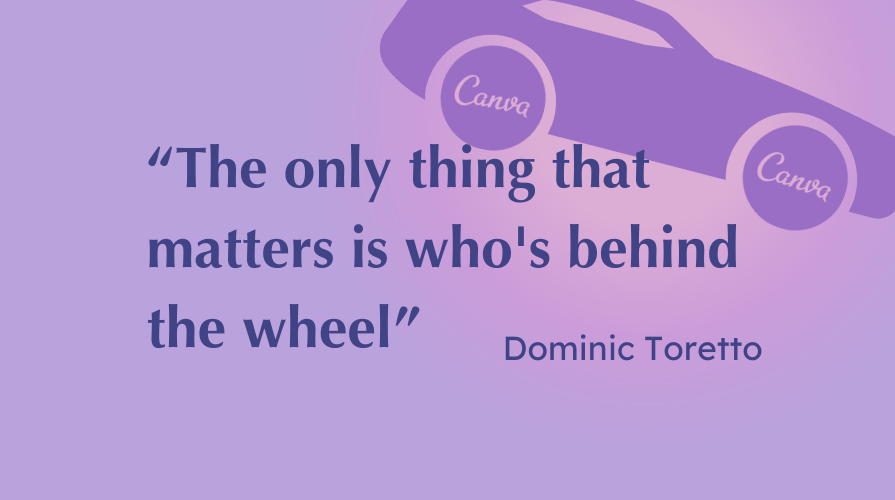
Same energy.
You can have the tools in the world and still produce bad design. Or you can have Canva — and still crush it — if you understand contrast, hierarchy, UX flow, spacing, typography, and color.
I’m not here to discredit specialized or “professional” tools. Far from it. They remain the standard in the design industry and offer several advantages. They offer more creative control. Figma, Illustrator, and Photoshop are more precise than Canva and other template-based tools.
Each tool has its strengths. But does using professional tools automatically make you a better designer?
Many people seem to believe that complexity equals professionalism. Well, that’s untrue.
Tools like Canva and low-code options like WordPress and Webflow offer something that’s perhaps lacking in more specialized tools — accessibility. The learning curve is much lower. Anyone can be a designer without formal training. They allow anyone to design with templates or intuitive drag-and-drop interfaces.
Again, I’m not speaking against designers who use advanced tools. They have to master several design techniques and refine their design skills, and it takes time and commitment, so they’ll always have my respect. However, they should let their results speak for themselves.
A skilled Canva designer who understands design principles and how to use the right colors, typography, hierarchy, and more will always be better than those with advanced software who can’t think like designers.
“Professional” design tools offer more control. But the results depend on the designer. The tool will only amplify the designer’s skills and talent.
Garbage in, garbage out — no matter the tool. What you put in determines the output.
If you read through job postings for design roles, they often require you to have proficiency in several design software — Adobe Creative Suite (Photoshop, Illustrator, XD), Figma, and Sketch. Others include After Effects, InDesign. I was surprised to find one job posting looking for designers who use CorelDRAW.
I could only find tools like Canva and Capcut listed in job postings looking for content writers, social media managers, content designers, content creators, social media marketers, content editors, and other similar roles. For design-specific roles, they’re only “nice-to-have” skills.
All that was from a quick search on Glassdoor and limited to companies in my location. But what it tells me is that “real” designers here are those who use specialized design software. So, anyone who wants to be competitive in the job market and remain employable has to be proficient in at least two of these tools.
So, depending on where you live, specialized tools still dominate in terms of employability. If you’re aiming for traditional design roles, it makes sense to learn them. It’s not about gatekeeping — it’s just market demand. But will that stay the same forever?
There seems to be a universal disdain against TikTok, mostly among the older generation. It’s addictive, and several studies claim that short-form video content negatively affects the attention span of young adults/students. Despite this, over 9000 job postings in the US are looking for someone proficient in or familiar with TikTok. There are over a billion TikTok users worldwide, and it would be foolish for businesses not to exploit this.
Other companies like Meta (Facebook and Instagram) and Google (YouTube) were forced to respond with Reels and Shorts, respectively. Standards — adapt or get left behind.
TikTok was launched less than 10 years ago, and several global brands now have established presences on the platform. So, can you confidently say, in 2025, that knowing how to create TikToks, Reels, and Shorts, is not an employable skill? This question would have been nonexistent in 2015.
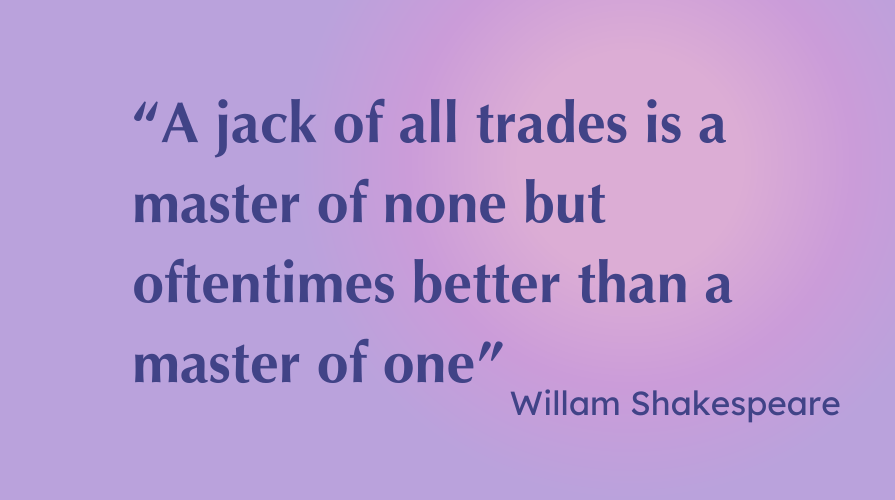
Same could happen with Canva. It may never replace Figma or Illustrator — but its presence in the design world is no longer optional. And the more powerful it becomes (new features, AI, pro-level controls), the more legit it gets.
Canva is already acquiring other companies. That’s not a side hustle — that’s industry play.
Let’s go back to that Instagram post. Canva users were called everything but designers.
I think it’s now universally accepted that your education level shouldn’t be a barrier in the career you choose to pursue. Why can’t this apply to design?
This gatekeeping surrounding who gets called a “real” designer can be discouraging, but non-traditional designers are pushing back. Hundreds of Canva designers showcase their amazing, high-quality work on social media platforms. I come across several reels daily from Canva creators.
Designers aren’t the only ones with elitism problems. Developers deal with the same thing:
“You use WordPress? Not a real dev.”
“You don’t hand-code everything? You’re just a page builder monkey.”
Nowadays, websites built without a framework or library are scarce. I wonder if, in the next debate, we’ll argue that those who use only HTML, CSS, and JavaScript without any framework or library aren’t real developers.
Why do you drive a car when you can walk? Why do you use an elevator when there are stairs? Why do you use a camera when you can paint? Why do you use a digital camera when you can use film? Why do you use VS Code instead of Notepad?
Technology evolves. And so should the way we approach design and development. The mentality that expertise comes from the tools is flawed.
Non-traditionalists are having to contend with gatekeepers across the industry. First, job postings require expertise in tools like Figma and Photoshop. Some require you to have a formal degree in design or development. Finally, you still have to contend with your fellow professionals with traditional backgrounds who refuse to acknowledge your expertise because of the tools you use.
Design is about creativity and problem-solving, and this bias against non-traditional designers ignores this fact. Design isn’t just about the software because it can’t replace skill and talent.
What do you see when you look at a website, app, poster, flyer, or billboard? You notice the typography, layout, colors, and contrast. You look for the message.
You don’t see the tools behind a design, except if you’re being hypercritical. You can evaluate whether the design is bad based on how well the design principles are implemented.
The design does its job if it can grab and hold your attention long enough to deliver information. A flyer made with Canva is just as effective as one made with Illustrator if it follows these principles and does the job. It’s the same as a website created with WordPress and not with code, or a video created with Capcut and not After Effects.
Design isn’t about how complex or how difficult it is to create digital products. It’s about how well it serves its purpose.
Beyond large corporate organisations that require proficiency in a specialized tool before they can employ you, there are numerous small businesses and freelancers to whom the tool is secondary.
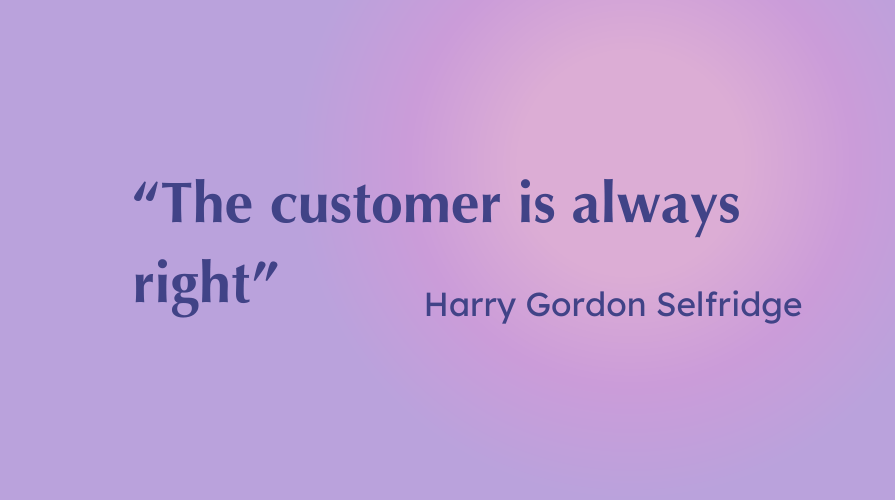
If the customers are satisfied with your results, that is, your design meets their needs and communicates effectively, then you can call yourself a designer.
In design and many fields, the end does justify the means.
So maybe the better question isn’t “Are you a real designer?”
Maybe it’s “Are you creating real value?”
LogRocket's Galileo AI watches sessions and understands user feedback for you, automating the most time-intensive parts of your job and giving you more time to focus on great design.
See how design choices, interactions, and issues affect your users — get a demo of LogRocket today.
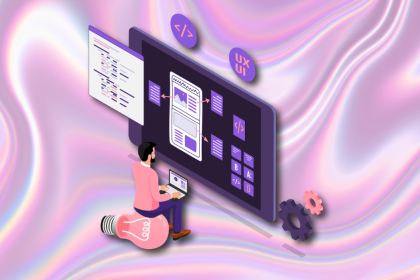
AI speeds up tasks like research synthesis, ideation, and first-draft wireframes, but it can’t replace clarity, taste, or decision-making. Here’s a grounded look at what AI actually does well in UX right now.
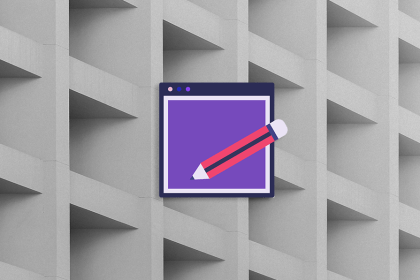
Discover how to craft UX-friendly hero sections with examples, design tips, and strategies that drive engagement and conversion.

I once sent a half-written email by accident, until Gmail saved me with an Undo button. Those tiny moments define trust in UX. In this guide, we’ll break down how to design reversible actions, when to use them, and how to choose the right recovery pattern for your product.

Small qualitative samples aren’t a weakness. They’re a strategy. This guide breaks down the evidence, the mindset gap, and how to build trust around research decisions.